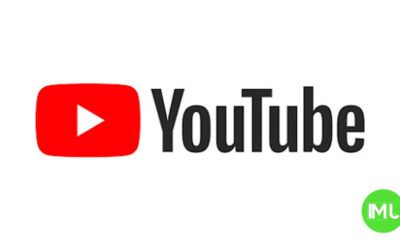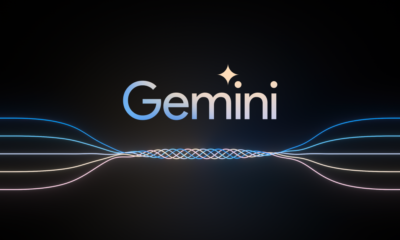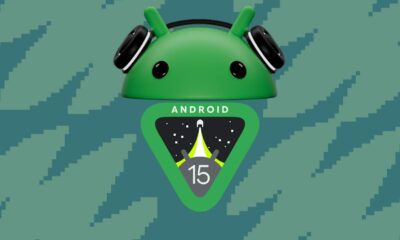Android
Android 16: A fresh look at volume controls, navigation, and Google Photos
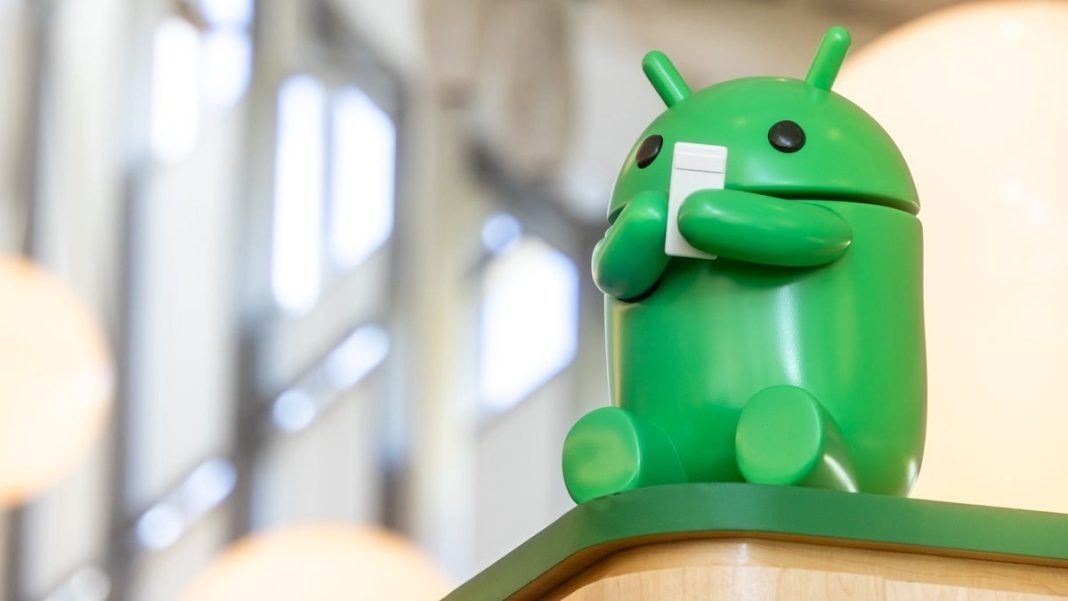
The Android ecosystem is constantly evolving, and the upcoming Android 16 release promises to refine the user experience. From subtle UI tweaks to more significant functional changes, Google seems focused on enhancing usability and streamlining core features. Let’s delve into some of the anticipated changes, including a potential volume panel redesign, enhancements to navigation, and a simplification of the Google Photos interface.
A Potential Volume Control Overhaul
One more noticeable change explored in Android 16 is a potential redesign of the volume controls. While Android 15 introduced a collapsible volume panel with distinctive pill-shaped sliders, early glimpses into Android 16 suggest a shift towards a more minimalist aesthetic.
Instead of the thick, rounded sliders of the previous iteration, Android 16 may feature thinner, continuous sliders with simple handles. This design aligns more closely with Google’s Material Design 3 guidelines, emphasizing clean lines and a less cluttered interface.
While some users may prefer the more pronounced sliders of Android 15, the new design offers a more precise visual representation of the volume level. The volume slider itself is also transforming, becoming less rounded with a thin rectangular handle. The icon indicating the active volume stream has been repositioned to the bottom of the slider, and the three dots that open the full volume panel have been subtly reduced in size. The volume mode selector has also been refined, displaying different modes within distinct rounded rectangles.
It’s important to remember that these changes are still under development. Google may choose to refine or even abandon this design before the final release of Android 16. However, it offers an intriguing look into Google is direction for its volume controls.
Predictive Back Comes to Three-Button Navigation
Navigating within Android apps can sometimes be a frustrating experience, especially when the back button doesn’t behave as expected. To address this, Google introduced “predictive back,” a feature that provides a preview of where the back gesture will lead. Initially designed for gesture navigation, this feature is now poised to expand to the more traditional three-button navigation system in Android 16.
Predictive back aims to eliminate the guesswork from navigation by showing a preview of the destination screen before the back action is completed. This prevents accidental app exits and ensures a smoother user experience. While predictive back has been available for gesture navigation for some time, its integration with three-button navigation marks a significant step towards unifying the navigation experience across different input methods.
Early tests show that pressing and holding the back button in three-button navigation reveals a preview of the next screen. This functionality even extends to apps that already support predictive back, such as Google Calendar. While some minor refinements are still expected, such as a preview of the home screen when navigating back from an app, the overall functionality is promising.
This addition is particularly welcome for users who prefer the simplicity and speed of three-button navigation. By bringing predictive back to this navigation method, Google is ensuring that all users can benefit from this improved navigation experience.
Streamlining Google Photos
Google Photos is also undergoing a simplification process, with a key change affecting the app’s bottom navigation bar. The “Memories” tab is being removed, consolidating the interface and focusing on core functionalities.
Instead of a four-tab layout, Google Photos will now feature a cleaner three-tab bottom bar: Photos, Collections, and Search (or the Gemini-powered “Ask” feature). This change streamlines navigation and declutters the interface, making it easier to access core features. The “Memories” functionality itself isn’t being removed entirely; it’s being rebranded as “Moments” and relocated to the Collections tab. This “Moments” section organizes photos from the same event, offering a convenient way to revisit past experiences.
This change reflects a trend towards simpler and more intuitive user interfaces. By reducing the number of tabs and consolidating related features, Google is aiming to make Google Photos more accessible and user-friendly.
Looking Ahead
These changes represent just a glimpse of what’s in store for Android 16. From UI refinements to functional enhancements, Google is clearly focused on improving the overall user experience. The potential redesign of the volume controls, the expansion of predictive back to three-button navigation, and the simplification of Google Photos all contribute to a more polished and intuitive Android ecosystem. As Android 16 continues to develop, we can expect further refinements and potentially even more significant changes. The future of Android looks bright, with a focus on usability, efficiency, and a seamless user experience.
Android
Android 16’s first beta could arrive sooner than expected

Android 15 has just hit the market, yet the buzz around Android 16 is already palpable. Google surprised everyone by releasing the developer preview for Android 16 back in November, setting the stage for an earlier-than-usual beta rollout.
According to a recent report, the first beta of Android 16 might be just around the corner, potentially launching on January 22nd. This news, while exciting, should be taken with caution as release dates can shift. The information stems from a conversation on the Android Gerrit, where a mention of “Beta 2 changes due for Jan 22” suggests the first beta could indeed be imminent.
Further details from the same discussion indicate that Beta 2 is slated for February 19th, with Beta 3 following on March 12th. The commentator appears to be closely connected to the development process, lending credibility to the timeline.
This potential release date aligns intriguingly with Samsung’s Galaxy S25 event, also scheduled for January 22nd. This overlap might overshadow Google’s announcement, although given Google and Samsung’s close partnership, it’s likely not coincidental.
Don’t expect groundbreaking features from this initial beta; it’s more about ensuring stability and compatibility. Still, the anticipation for what Google has in store with Android 16 keeps the tech community on its toes.
Android 16 Release Date Leaked! Coming in Quarter 1 of 2025 🌟
1) Beta 1: Jan 22nd 2025
2) Beta 2: Feb 19th 2025
3) Beta 3: March 12nd 2025 pic.twitter.com/Z7n2FS784j— Tech Mukul | hyperosinsider.com (@TECH__MUKUL) January 19, 2025
Android
Pixel’s Android 15 Back Gesture bug nears resolution
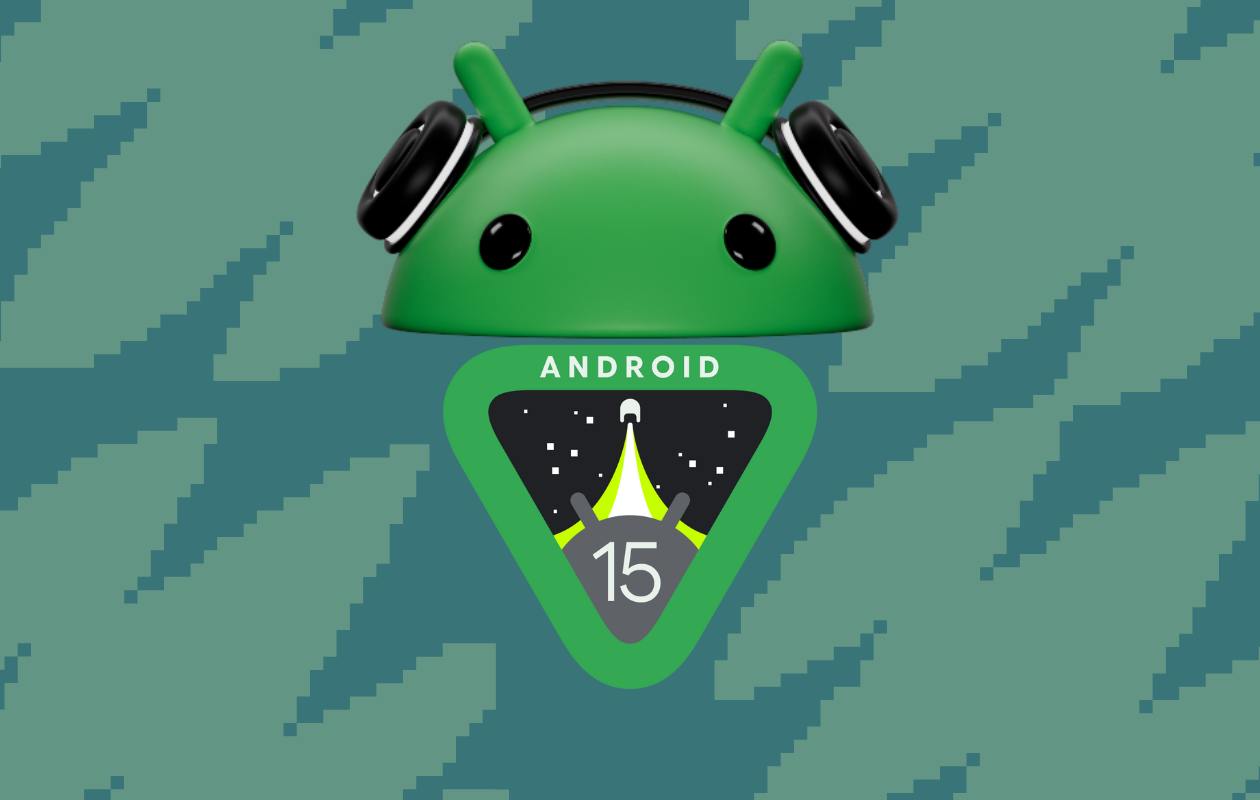
Three months after the initial discovery, Pixel users can finally breathe a sigh of relief regarding the back gesture bug on Android 15. This issue, which emerged with the stable release of the OS, made navigating back through apps a frustrating multi-swipe ordeal, particularly when swiping from right to left.
The bug appeared to stem from the new default setting of predictive back gestures, which seemed to have escaped thorough testing. While the left-to-right swipe functioned normally, the right-to-left gesture was notably less responsive.
Users had previously resorted to workarounds like toggling or adjusting the sensitivity of gesture navigation, but results were inconsistent.
Thankfully, Google has now acknowledged the problem and marked it as fixed on their issue tracker. An upcoming security update, as reported by tech blogs, is expected to include this fix.
For those still grappling with the glitch, a temporary solution involves resetting the navigation settings:
- Navigate to Settings > System > Navigation mode.
- Switch to 3-button navigation.
- Restart your phone.
- Return to Settings > System > Navigation mode and re-enable Gesture navigation.
With this fix on the horizon, Pixel users can look forward to smoother, more intuitive navigation once again.
Android
Android 16: An early arrival and a glimpse into the future and Eclipsa Audio set to revolutionize audio experiences

The world of audio is on the cusp of a significant transformation, thanks to a collaborative effort by Google and Samsung. They’ve unveiled Eclipsa Audio, an open-source spatial audio format poised to democratize immersive sound experiences for creators and consumers alike. This isn’t just an incremental improvement; it’s a fundamental shift in how we create and consume audio.
For decades, crafting spatial audio has been the domain of seasoned professionals working in high-budget film and music productions. The tools and expertise required were simply inaccessible to the average creator. Eclipsa Audio aims to change all of that. Built on the foundation of Immersive Audio Model and Formats (IAMF), an audio format developed in conjunction with the Alliance for Open Media (AOM), Eclipsa Audio offers a royalty-free, open standard for anyone to utilize. This means that aspiring musicians, independent filmmakers, and even casual content creators can now easily incorporate rich, three-dimensional audio into their work.
Google’s Open Audio team emphasizes that while spatial audio technology has existed for over half a century, its widespread adoption has been hampered by a lack of accessible tools. Eclipsa Audio directly addresses this challenge by providing freely available tools for creating immersive audio experiences.
This includes an open-source reference renderer for standalone playback, and a Binaural Web Demo Application where users can test their Eclipsa Audio creations directly in their web browsers. Furthermore, Google plans to release a free Eclipsa Audio plugin for the industry-standard AVID Pro Tools Digital Audio Workstation in the spring, further streamlining the creation process for professionals.
The implications of this technology are far-reaching. Imagine experiencing a live concert recording where you can distinctly hear the position of each instrument on the stage, or watching a movie where the sound of rain realistically surrounds you. This level of immersion was previously reserved for high-end setups, but Eclipsa Audio makes it accessible to a wider audience.
YouTube has already announced its support for Eclipsa Audio, paving the way for creators to upload videos with immersive soundscapes. This integration will undoubtedly usher in a new era of online video content, where audio plays an even more crucial role in storytelling. Beyond online platforms, Eclipsa Audio is also making its way into consumer electronics. Samsung’s 2025 TV lineup, including the Crystal UHD series and Neo QLED 8K models, will feature native Eclipsa Audio playback. Google has also confirmed that Chrome will support the format this year, although specific details regarding desktop and mobile support are still forthcoming. Looking ahead, Google anticipates widespread adoption of Eclipsa Audio in TVs and soundbars from various manufacturers later in 2025.
To ensure quality and interoperability, Samsung and Google are establishing a certification and brand licensing program for products supporting Eclipsa Audio. This program will provide assurance to both manufacturers and consumers that devices bearing the Eclipsa Audio logo meet the necessary standards for optimal playback.
Android 16: An Early Arrival and a Glimpse into the Future
In related news, Google is accelerating the release schedule for its next major Android platform upgrade, Android 16. The first developer preview arrived earlier than usual last November, followed by another preview build. Beta testing is expected to commence soon, and while official release dates haven’t been formally announced, a slip-up on the Android Gerrit may have revealed some key information.
According to the official Android 16 release timeline, beta testing will begin this month, with subsequent beta releases planned for February and March. However, a comment spotted by an Android enthusiast on the Android Gerrit suggests more specific dates. The comment indicates that Android 16 Beta 3 will be released on March 12th. The same comment also mentions January 22nd and February 19th, which could potentially be the release dates for Beta 1 and Beta 2, respectively.
The release of Beta 3 signifies a crucial milestone known as Platform Stability. This means that the core APIs and behaviors of the operating system are finalized, allowing developers to begin preparing their apps for the stable release. Following Beta 3, Google may release additional beta builds in April and May for final testing and refinement. The stable version of Android 16 is expected to be released to AOSP and Pixel devices in the second quarter of 2025.
Android 16 is anticipated to bring a host of new features and improvements to the Android ecosystem. While details are still emerging, early leaks and announcements hint at significant changes across various aspects of the operating system.
The convergence of Eclipsa Audio and Android 16 represents a significant leap forward in mobile technology. The combination of immersive audio experiences and a refined operating system promises to enhance the way we interact with our devices, ushering in a new era of mobile computing.
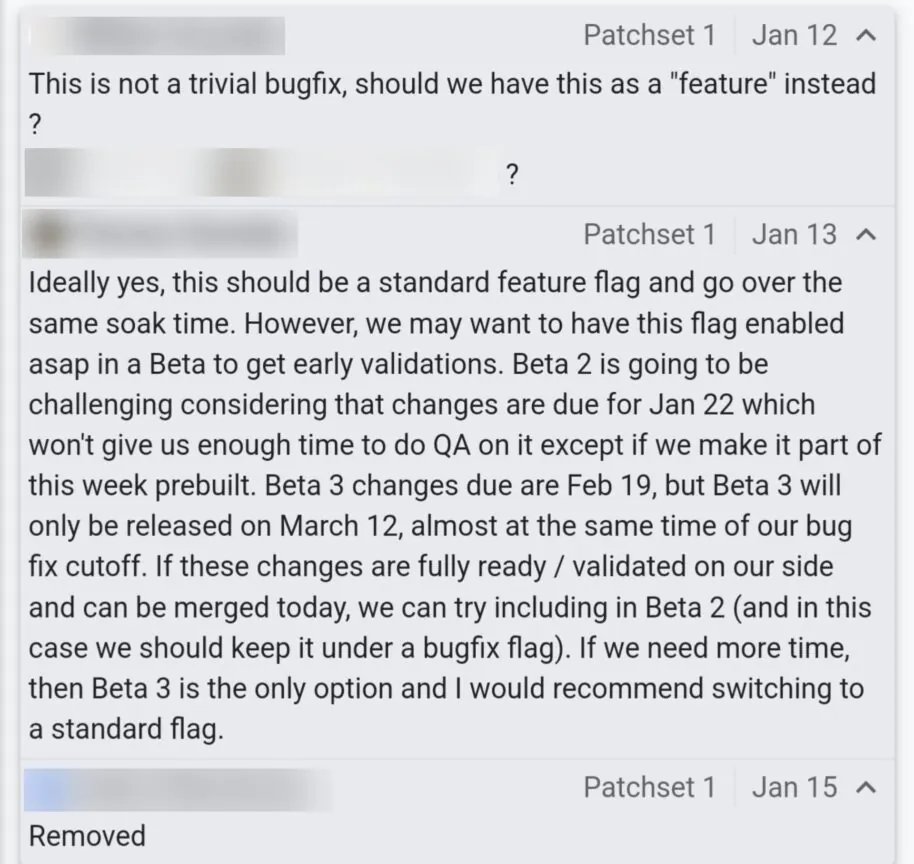
-

 Apps11 months ago
Apps11 months agoGboard Proofread feature will support selected text
-

 News11 months ago
News11 months agoSamsung USA crafting One UI 6.1.1
-

 News10 months ago
News10 months agoBreaking: Samsung Galaxy S22 may get Galaxy AI features
-

 News10 months ago
News10 months agoSamsung Galaxy S23 Ultra with One UI 6.1 and all S24 AI features revealed
-

 News11 months ago
News11 months agoOne UI 6.1 Auracast (Bluetooth LE Audio) feature coming to many Samsung phones
-

 News11 months ago
News11 months agoSatellite SOS feature coming to Google Pixel phones, evidence leaked
-

 Apps8 months ago
Apps8 months agoGoogle’s fancy new Weather app is finally available for more Android phones
-

 News11 months ago
News11 months agoGoogle Pixel evolves as Europe’s third best selling flagship



